In a rare moment of optimism for marine conservation, the Green Sea Turtle has officially been reclassified by the International Union for Conservation of Nature (IUCN) from Endangered to Least Concern, a milestone reflecting decades of targeted recovery efforts around the globe.
Rising Numbers, Renewed Hope
Since the 1970s, the global population of green sea turtles has increased by approximately 28 %, driven by sustained nest‐protection programs, reforms in fishing practices and community-led anti-poaching initiatives. On some iconic nesting beaches — such as those along Florida’s east coast — the number of nests has jumped from mere dozens in the 1980s to tens of thousands in recent years. These shifts signal that when policy, science and community action align, long-lived marine species can bounce back.
What Worked
Three major strategies helped catalyse this rebound:
- Protected nesting beaches: Coastal reserves, darkness-friendly lighting laws, and protected access for nesting females created safer conditions for egg-laying and hatchling survival.
- Fishing gear reforms: The adoption of turtle-excluder devices in trawl nets, and regulations on hook types for line fishers, reduced accidental turtle deaths at sea.
- Community engagement and livelihoods: In regions once reliant on harvesting turtle eggs or meat, conservation groups helped shift local economies toward tourism or protective employment, turning former harvesters into stewards.
Why the “Caveats” Matter
Despite the progress, the story is far from complete. Several green sea turtle sub-populations continue to decline — notably in parts of Central America and the eastern Pacific — due to illegal harvesting, weak enforcement and changing fishing technologies. Meanwhile, other sea turtle species such as the hawksbill and leatherback remain in precarious positions with Critically Endangered or Vulnerable status. In short: one global win does not automatically extend to all species or regions.
The Bigger Picture
This recovery highlights a critical lesson for conservation: massive long-term declines can be reversed, but only if pressures are reduced, protections enforced, and lifecycles understood. For marine turtles, which may live 50-70 years or more, the gains reflect decades of sustained effort rather than quick fixes. The journey also underscores that successes must be maintained — relax too early, and old threats such as by‐catch, nest poaching, light pollution, and plastic ingestion can resurface.
What’s Next
Conservationists now point to priority actions:
- Scaling the model of beach and fishing reforms to under-served regions.
- Extending protection and monitoring for less-resilient turtle species.
- Integrating climate-change safeguards, since sea level rise, warming sands (which affect hatchling sex ratios) and marine pollution pose growing risks.
- Ensuring community-led programmes remain funded and adaptive as threats evolve.
Final Take
The reclassification of green sea turtles is a rare and important conservation victory — a reminder that nature is resilient if given a chance. Yet it also carries a clear warning: recovery is fragile. Continued vigilance, innovation and global cooperation will be required to translate this success into a lasting legacy — not just for green turtles, but for all marine life at the edge of survival.

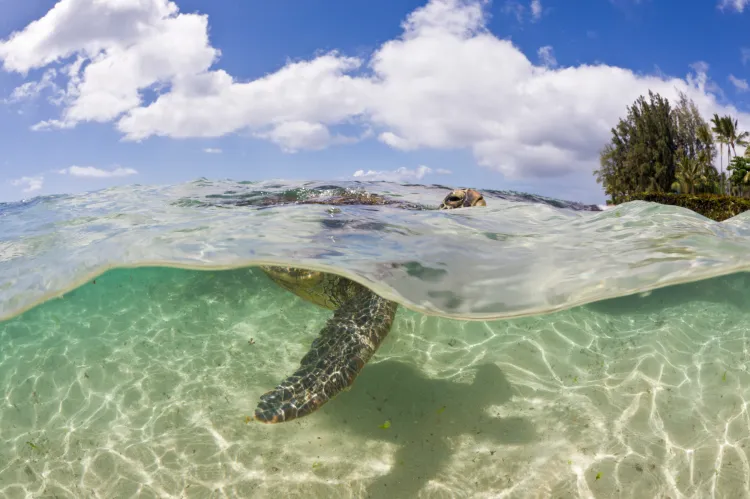


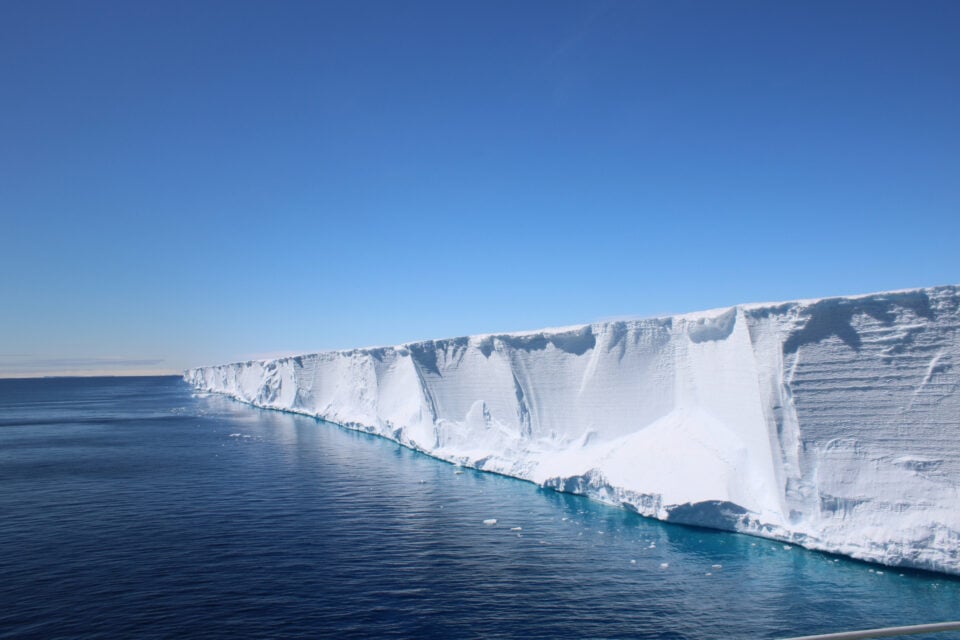
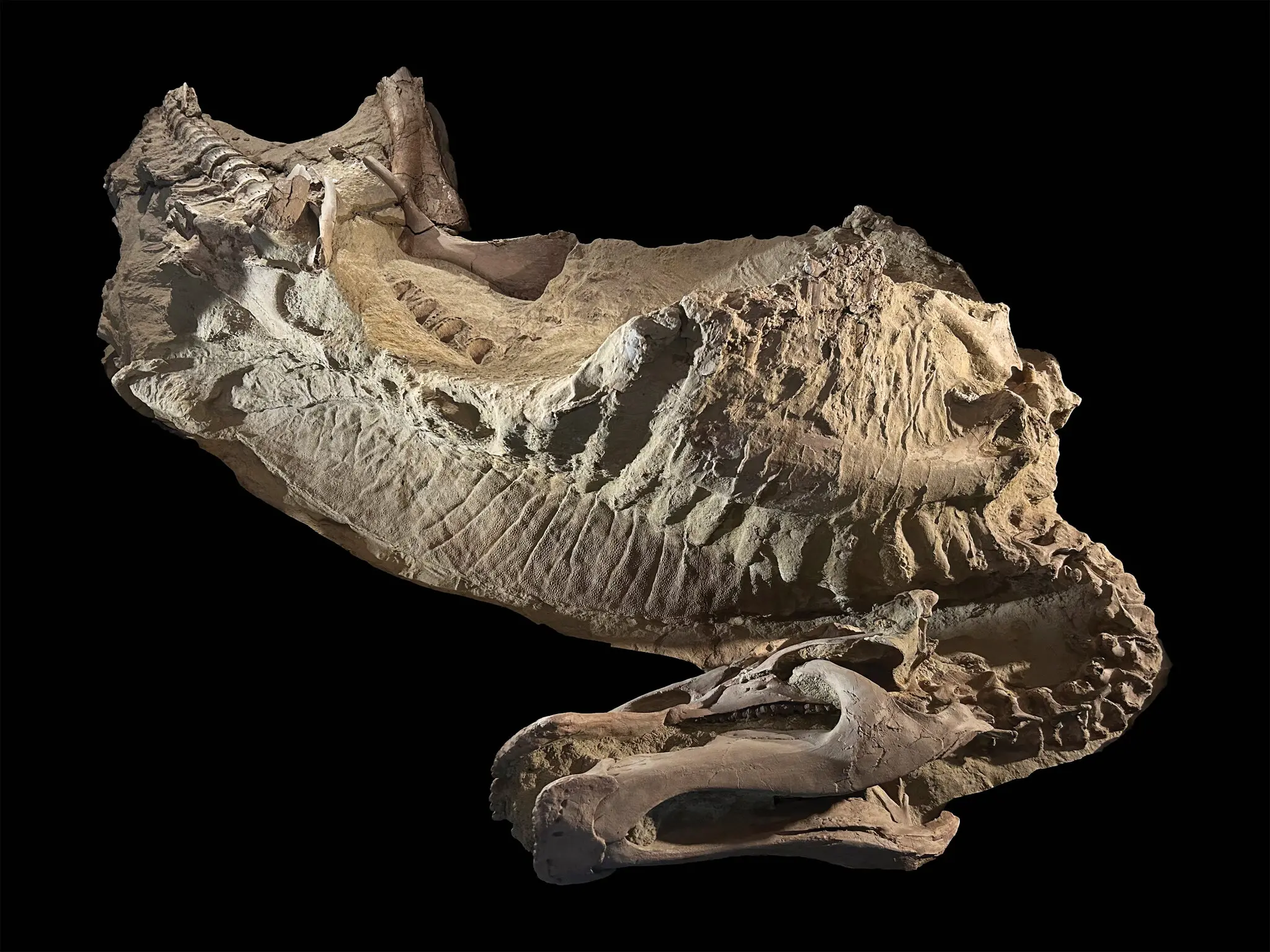
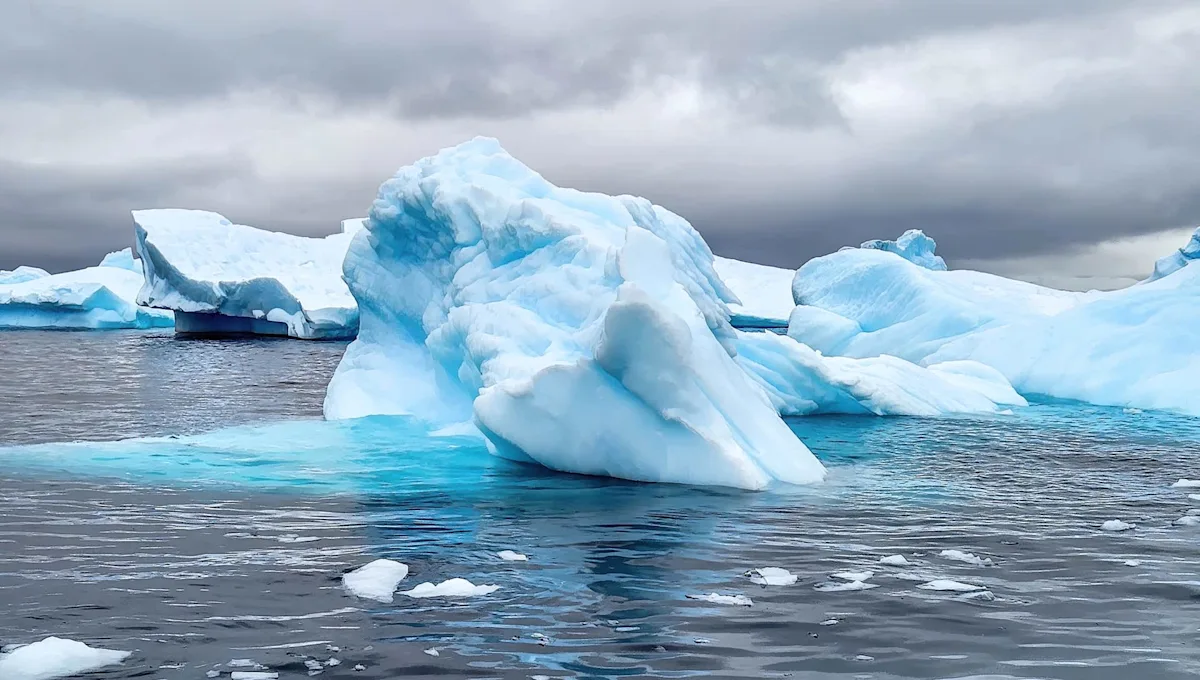
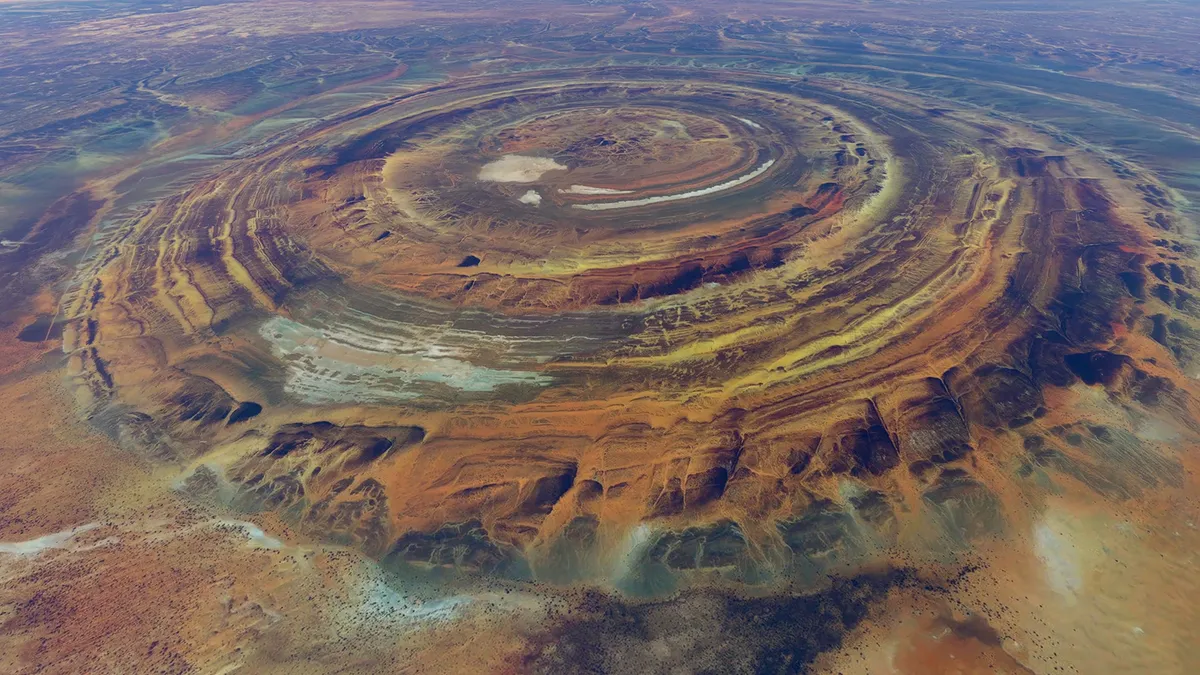








Leave a Reply